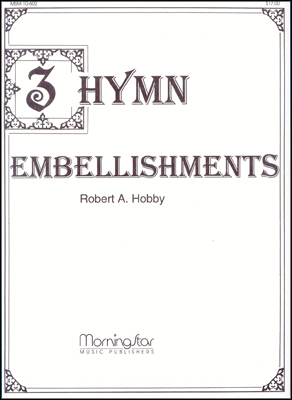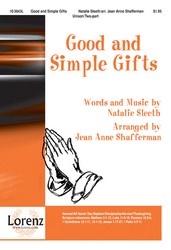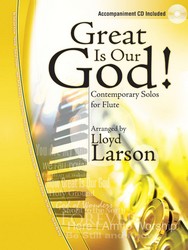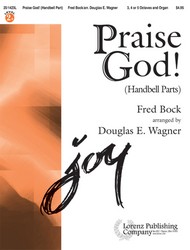Translator: Richard Massie
Massie, Richard, eldest son of the Rev. R. Massie, of Goddington, Cheshire, and Rector of Eccleston, was born at Chester, June 18, 1800, and resides at Pulford Hall, Coddington. Mr. Massie published a translation of Martin Luther’s Spiritual Songs, London, 1854. His Lyra Domestica, 1st series, London, 1860, contains translations of the 1st Series of Spitta's Psalter und Harfe. In 1864 he published vol. ii., containing translations of Spitta's 2nd Series, together with an Appendix of translations of German hymns by various authors. He also contributed many translations of German hymns to Mercer's Church Psalter & Hymn Book; to Reid's British Herald; to the Day of Rest, &c. He died Mar. 11,1887.
-- John Julian, Di…
Go to person page >Author: Martin Luther
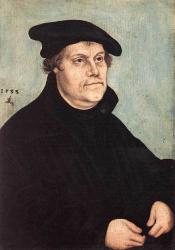
Luther, Martin, born at Eisleben, Nov. 10, 1483; entered the University of Erfurt, 1501 (B.A. 1502, M.A.. 1503); became an Augustinian monk, 1505; ordained priest, 1507; appointed Professor at the University of Wittenberg, 1508, and in 1512 D.D.; published his 95 Theses, 1517; and burnt the Papal Bull which had condemned them, 1520; attended the Diet of Worms, 1521; translated the Bible into German, 1521-34; and died at Eisleben, Feb. 18, 1546. The details of his life and of his work as a reformer are accessible to English readers in a great variety of forms. Luther had a huge influence on German hymnody.
i. Hymn Books.
1. Ellich cristlich lider Lobgesang un Psalm. Wittenberg, 1524. [Hamburg Library.] This contains 8 German h…
Go to person page >Dies sind die heilgen zehn Gebot. M. Luther. [Ten Commandments.] After the 13th century, the Ten Commandments began to be used in Germany at the confessional, and for the instruction of children, and in later times on pilgrimages and as an introduction to the Litany during Passiontide. Luther's catechetical, metrical setting 1st appeared in Eyn Enchiridion, Erfurt, 1524, and thence in Wackernagel, iii. p. 15, in 12 stanzas of 4 lines, each stanza ending with "Kyriolys." Included in Schircks's edition of Luther ‘s Geistliche Lieder, 1854, p. 47, and as No. 364 in the Unverfälschter Liedersegen, 1851. The only translation in common use is:—
That men a godly life might live, in R. Massie's M. Luther's Spiritual Songs, 1854, p. 55, and thence, as No. 204, in the Ohio Lutheran Hymnal1880, and in Dr. Bacon, 1884, p. 28.
Other translations are:—(l) "These are the holy commaundements ten," by Bp. Coverdale, 1539 (Remains, 1846, p. 544). (2) " Moyses upon the Mont Sinay," in the Gude & Godlie Ballates (edition 1568, folio 5), edition 1868, p. 6. (3) "These are the holy ten Commands," as No. 433, in pt. i. of the Moravian Hymn Book, 1754. (4) "These are the holy commandments," by J. Anderson, 1846, p. 53 (1847, p. 69). (5.) "The Lord Himself from Sinai's hill,” by Dr. J. Hunt, 1853, p. 83. (6) “These are the holy ten Commands," by Dr. G. Macdonald in the Sunday Magazine, 1867, p. 571, thence, altered, in his Exotics, 1876, p. 84. [Rev. James Mearns, M.A.]
-- John Julian, Dictionary of Hymnology (1907)
Notes
Dies sind die heilgen zehn Gebot. M. Luther. [Ten Commandments.] After the 13th century, the Ten Commandments began to be used in Germany at the confessional, and for the instruction of children, and in later times on pilgrimages and as an introduction to the Litany during Passiontide. Luther's catechetical, metrical setting 1st appeared in Eyn Enchiridion, Erfurt, 1524, and thence in Wackernagel, iii. p. 15, in 12 stanzas of 4 lines, each stanza ending with "Kyriolys." Included in Schircks's edition of Luther ‘s Geistliche Lieder, 1854, p. 47, and as No. 364 in the Unverfälschter Liedersegen, 1851. The only translation in common use is:—
That men a godly life might live, in R. Massie's M. Luther's Spiritual Songs, 1854, p. 55, and thence, as No. 204, in the Ohio Lutheran Hymnal1880, and in Dr. Bacon, 1884, p. 28.
Other translations are:—(l) "These are the holy commaundements ten," by Bp. Coverdale, 1539 (Remains, 1846, p. 544). (2) " Moyses upon the Mont Sinay," in the Gude & Godlie Ballates (edition 1568, folio 5), edition 1868, p. 6. (3) "These are the holy ten Commands," as No. 433, in pt. i. of the Moravian Hymn Book, 1754. (4) "These are the holy commandments," by J. Anderson, 1846, p. 53 (1847, p. 69). (5.) "The Lord Himself from Sinai's hill,” by Dr. J. Hunt, 1853, p. 83. (6) “These are the holy ten Commands," by Dr. G. Macdonald in the Sunday Magazine, 1867, p. 571, thence, altered, in his Exotics, 1876, p. 84. [Rev. James Mearns, M.A.]
-- John Julian, Dictionary of Hymnology (1907)


 My Starred Hymns
My Starred Hymns
